GOES-15 has been accepted by the United States Space Force as EWS-G2
Read More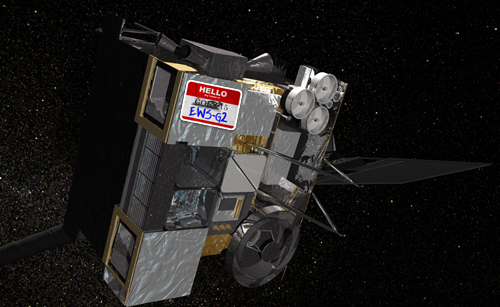

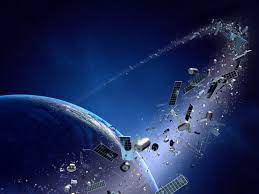
Nothing lasts forever…. Update 09/27/2023 The AVHRR/3 sensor on board NOAA 15 has repeatedly seized, and no other attempts will be made to recover the instrument. However, the spacecraft itself remains healthy and other subsystems remain active. Therefore, there is no plan for decommissioning the spacecraft at this time. It is important to note that […]
Read More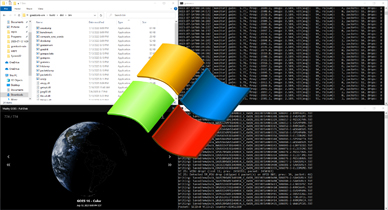
Goestools for Windows What’s in a name? -Wingoes perhaps? Great news for those who may be hesitant to take the plunge into LINUX or using a Raspberry PI or equivalent SBC, Jamie Vital, who has written some very cool software for satellite imagery display, has ported the goestools software written by Pieter Nordhuis to run […]
Read More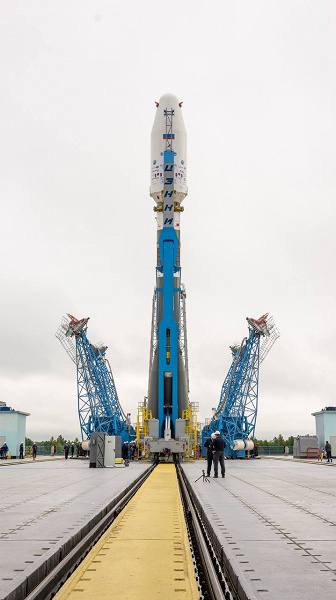
UPDATE 06-24-2023 METEOR M-2-3 (Роскосмос Метеоре-М № 2-3) Launch Successful Receiving Meteor M2-3 I have posted my receiving information for Meteor М № 2-3 Here https://usradioguy.com/meteor-m2-3/ The Soyuz-2.1b rocket has been fully integrated with its payload and will launch 43 spacecraft into orbit: the main satellite is the Meteor-M No. 2-3 meteorological satellite and the […]
Read More
GEONETCast Americas (GNC-A) is a low-cost, user-friendly information dissemination service that distributes satellite-based data to diverse communities in the Western Hemisphere. The service aims to provide global information as a basis for sound decision-making in a number of critical areas, including biodiversity, disaster resilience, energy, food security, infrastructure, public health, sustainable urban development, and water […]
Read More
The Importance of Monitoring Space Weather The sun is a dynamic and active star, and its activity can significantly impact Earth. The sun’s atmosphere is made up of hot, ionized plasma, and the sun’s magnetic field is constantly changing. These changes can lead to the formation of solar storms, which are large eruptions of plasma […]
Read More
On April 21, 2023, a coronal mass ejection (CME) occurred on the sun, resulting in the emission of a high-speed burst of plasma that traveled towards Earth at a velocity of approximately two million miles per hour. This event triggered a severe geomagnetic storm that attained level 4 out of 5 on NOAA’s space weather […]
Read More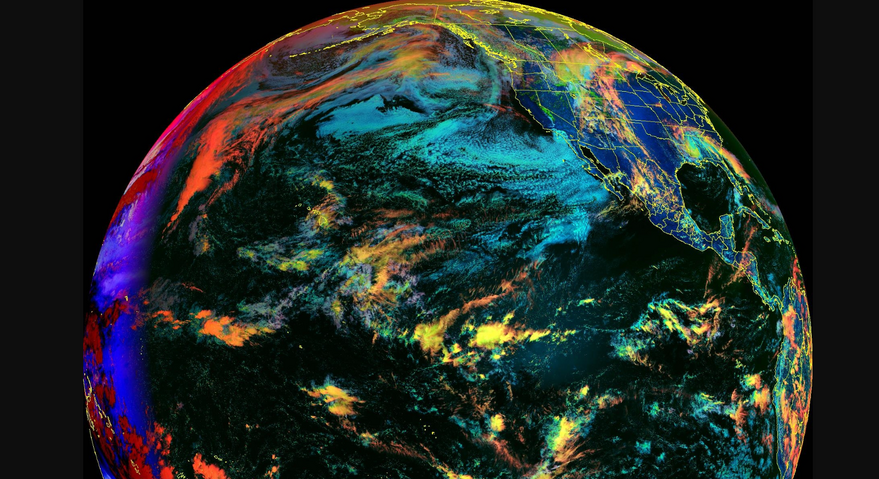
April 14th, 2023 The National Oceanic and Atmospheric Administration (NOAA) has issued a call for proposals for research and development of microwave weather sensors, ground systems, and technology to reduce interference caused by 5G networks. This announcement was made in three Broad Agency Announcements on April 13, 2023, which revealed some of the priorities of […]
Read More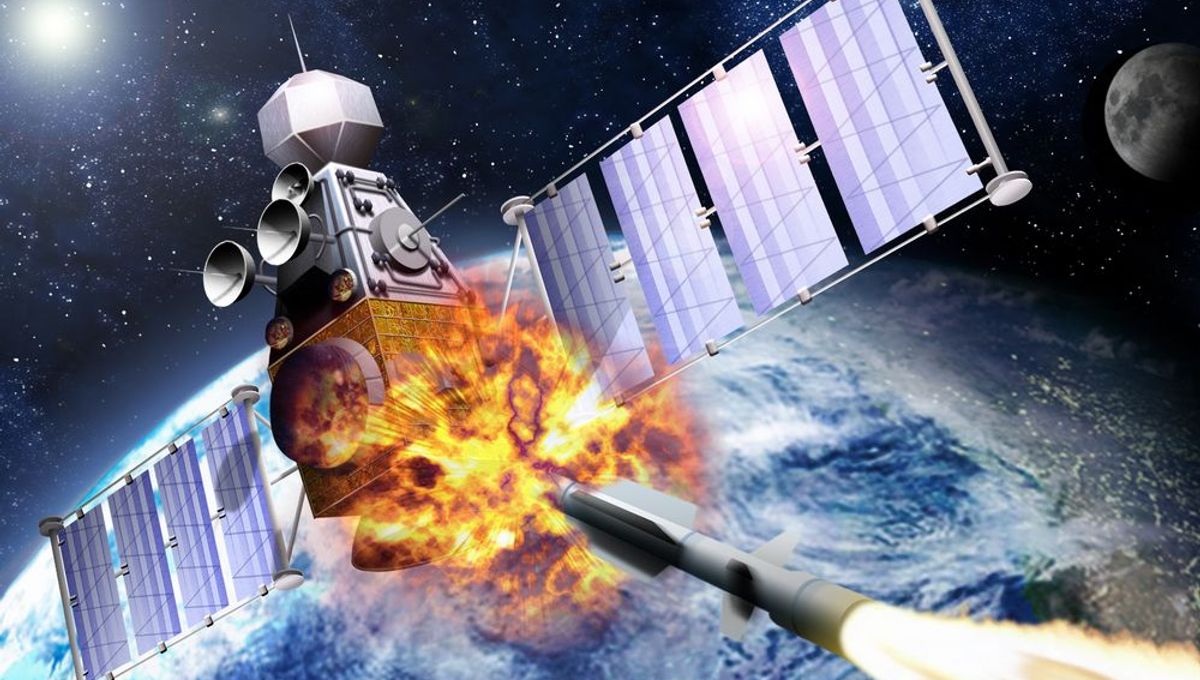
Updated April 14th, 2023 On 11 January 2007, China conducted an anti-satellite missile test. A China weather satellite—the FY-1C polar-orbiting satellite of the Fengyun series, at an altitude of 865 kilometers (537 mi), with a mass of 750 kilograms (1,650 lb) —was destroyed by a kinetic kill vehicle traveling at a speed of 8 km/s (18,000 mph) in the opposite direction. A Head-On Engagement attack like this has […]
Read More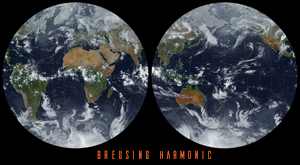
One of the fun parts of receiving satellite imagery is what you can do with the post-processing of the images. Map projections are mathematical models that allow us to represent a three-dimensional surface of the Earth on a two-dimensional map. There are many types of map projections, and each has its own set of advantages […]
Read More